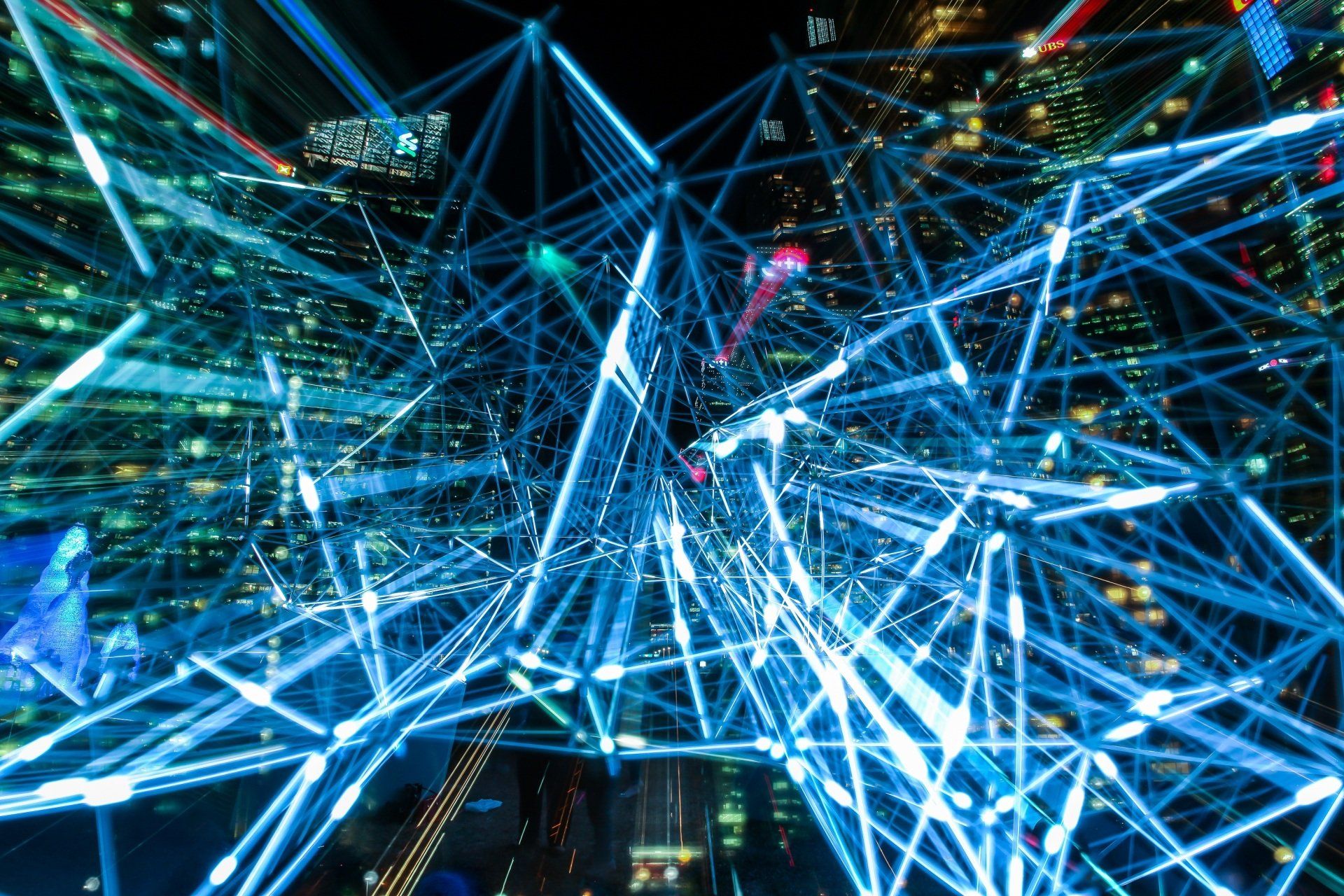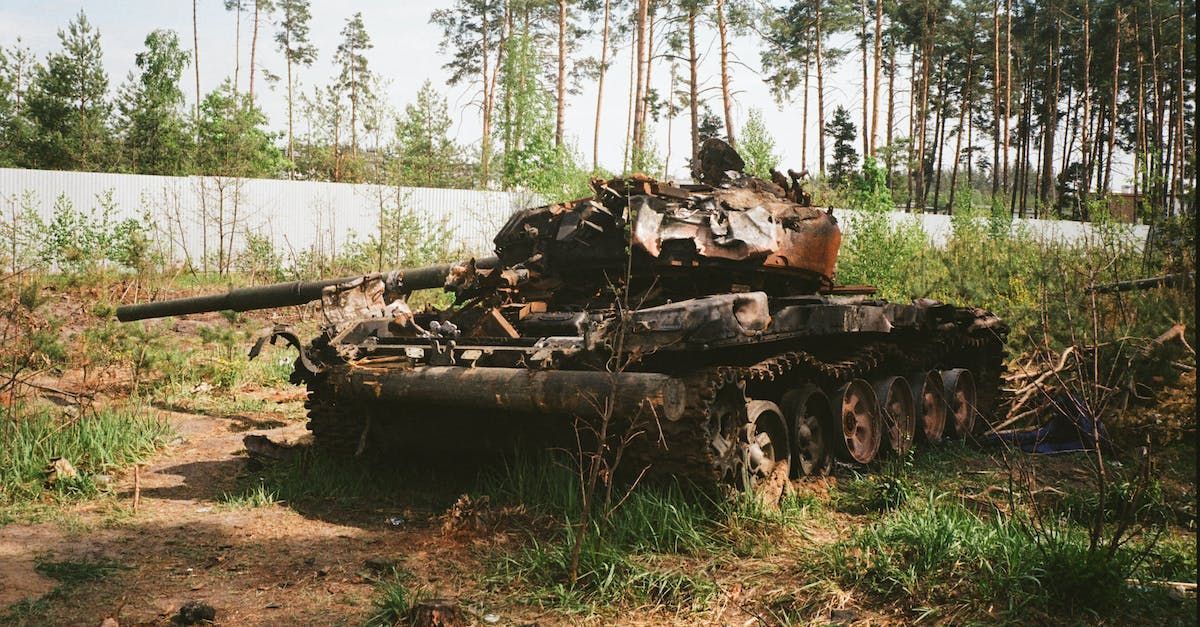Network Analysis
The importance of effective mapping

As investigators, we spend much of our time trying to make sense of messy, inconsistent fragments of information. Network analysis gives us a way to impose structure on that chaos. It allows us to take individual contacts, meetings, financial transfers, social-media links and place them within a wider system, revealing patterns that might otherwise pass unnoticed.
From my own experience, the strength of network analysis lies in its ability to expose influence. In any group—be it a criminal enterprise, extremist cell, hostile intelligence team, or even a disorganised gang—there will be individuals who act as bridges, facilitators, or bottlenecks. These people may not be the most visible or outspoken, but they often form the backbone of an operation. Once identified, they provide opportunities for disruption, surveillance, and negotiation.
Identifying Key Nodes and Relationships
When analysts map a network, they look not only at who talks to whom, but how and how often. Frequency, timing and direction of communication can tell a great deal about a person’s standing within a group. A courier moving quietly between two factions may be far more important than the loudest public spokesperson. Likewise, a financier who rarely appears in open sources may play a decisive role behind the scenes.
We also consider weak ties—relationships that appear trivial on their own but, when layered with others, indicate hidden cooperation or shared logistics. These are the links that help us understand how information, money, or contraband moves through a network.
Exploiting Social Media Intelligence
Social media is now a central pillar of this work. Individuals reveal far more than they realise: friends, travel patterns, grievances, ambitions, loyalties. Even mundane posts can be valuable when viewed in context. A seemingly innocuous photograph may show who accompanied someone on a trip, which vehicle they used, or which contact they met immediately beforehand.
More importantly, online behaviour exposes digital proximity. We can observe who interacts with whom, which posts are shared across subgroups, and which hashtags link previously unconnected actors. When combined with traditional intelligence, this can confirm relationships or reveal entirely new branches of interest.
The great advantage of social-media intelligence is that it provides both breadth and immediacy. It allows us to detect shifts in allegiance, emerging threats, or sudden spikes in communication—often before they become visible through conventional sources.
Planning and Mapping
Good network analysis is not a matter of dumping data into a diagram and hoping meaning emerges. It requires careful planning from the start: deciding what questions we are trying to answer, which data sources are reliable, how to structure the information, and when to refresh or reassess the picture.
Mapping is more than drawing lines between people. A good map must show nuance—strength of relationships, direction of influence, time-sensitive developments and areas of uncertainty. It should help an investigator brief colleagues, prioritise targets and allocate operational resources.
A well-constructed network map becomes a living product. As new intelligence arrives, we adjust it, refine it, and watch how the shape of the network evolves. This iterative process often reveals vulnerabilities: a single point of failure, an unexpected intermediary, or a pattern of behaviour that can be influenced or exploited.
Conclusion
Network analysis is not a magic solution, but it is an indispensable tool. It helps investigators cut through noise, understand the human terrain, and apply pressure where it will have the greatest effect. When combined with disciplined planning, thoughtful mapping and intelligent use of social-media insight, it becomes one of the most powerful methods we have for making sense of complex adversaries and staying one step ahead of them.










